Oil Minister Bijan Namdar Zanganeh says as long as the second development phase of the Persian Gulf Star Refinery, Iran's largest gas condensate processing facility, is not in full swing, the country needs to import the strategic fuel to meet domestic demand.
The first phase of the major refining complex was launched in April, but "there is no consensus among refinery officials about the exact completion date of the second development phase," Zanganeh was quoted as saying by IRNA on Saturday.
"Only if the second phase output becomes stable, we can become self-reliant in gasoline production, but the time is not certain," he added.
PGSR is located in the port city of Bandar Abbas in southern Hormozgan Province.
According to Zanganeh, even if the complex's second phase becomes up and running by March 2018 as some officials have speculated, it will take time for the production to become stable because the units cannot go on stream simultaneously.
The first production phase of the Persian Gulf Star Refinery, billed as the Middle East's largest processing facility for condensates, was inaugurated by President Hassan Rouhani on April 30.
Once in full swing, the star refinery will produce 36 million liters per day of gasoline, which will effectively cut gasoline imports and turn Iran into an exporter of the product. Other products include 4 ml/d of liquefied petroleum gas, 3 ml/d of jet fuel and 130 tons a day of sulfur.
According to IRNA, gasoline output in the first eight months of the current fiscal year (started March 21) reached an average of 74.4 ml/d, an increase of nearly 8% compared with the corresponding period of last year (68.4 ml/d).
Reportedly, since March 2017, the country has produced 25.8 million liters of Euro-4 quality gasoline per day, indicating a 16% growth compared with last year's corresponding period. Nonetheless, the production of non Euro-4 gasoline has stood at 48.7 ml/d in the said period, showing a 4% rise.
---- Wide Gap
There is still a wide gap between gasoline production and consumption, as Iranians burn close to 83 million liters of the fuel daily.
According to experts, the completion of PGSR will not only help the country cease the imports of the in-demand fuel but also make Iran a gasoline exporter in the region, because of which the Oil Ministry and the refinery's shareholders are racing to complete the venture.
The refinery is owned by Tamin Petroleum and Petrochemical Investment Company (49%), Oil Industry Pension Fund Investment Company (33.1%) and National Iranian Oil Refining and Distribution Company (17.9%).
"Different options are on the table for financing and developing the second and third phases of the Persian Gulf Start Refinery, including a tender that may include foreign companies," said Eslam Khosravi, a member of the board of Tamin.
According to the official, Iran could hold a tender to develop the second and third phases of the facility.
The company has so far guaranteed a loan of 1 trillion rials (about $25 million) from a domestic bank as part of the PGSR funding estimated at €700 million-1 billion.
TAPPICO, affiliated with Iran's Social Security Organization, owns 32 subsidiary companies operating in oil, gas, petrochemical, refining and rubber industries. Its main area of business is financing large-scale projects across the chain of petroleum industry.



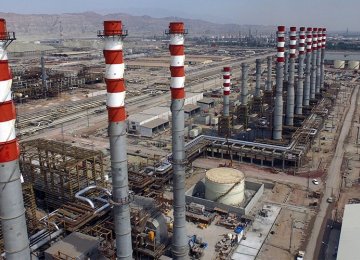
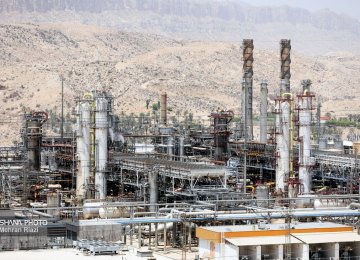
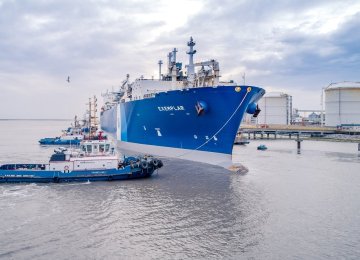
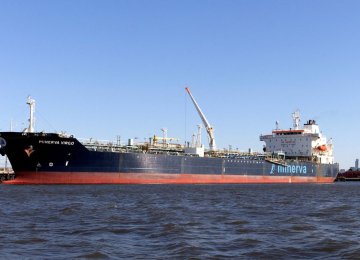
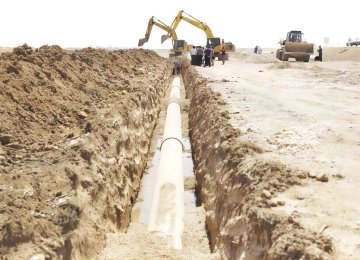
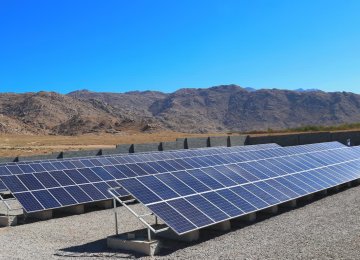


Add new comment
Read our comment policy before posting your viewpoints